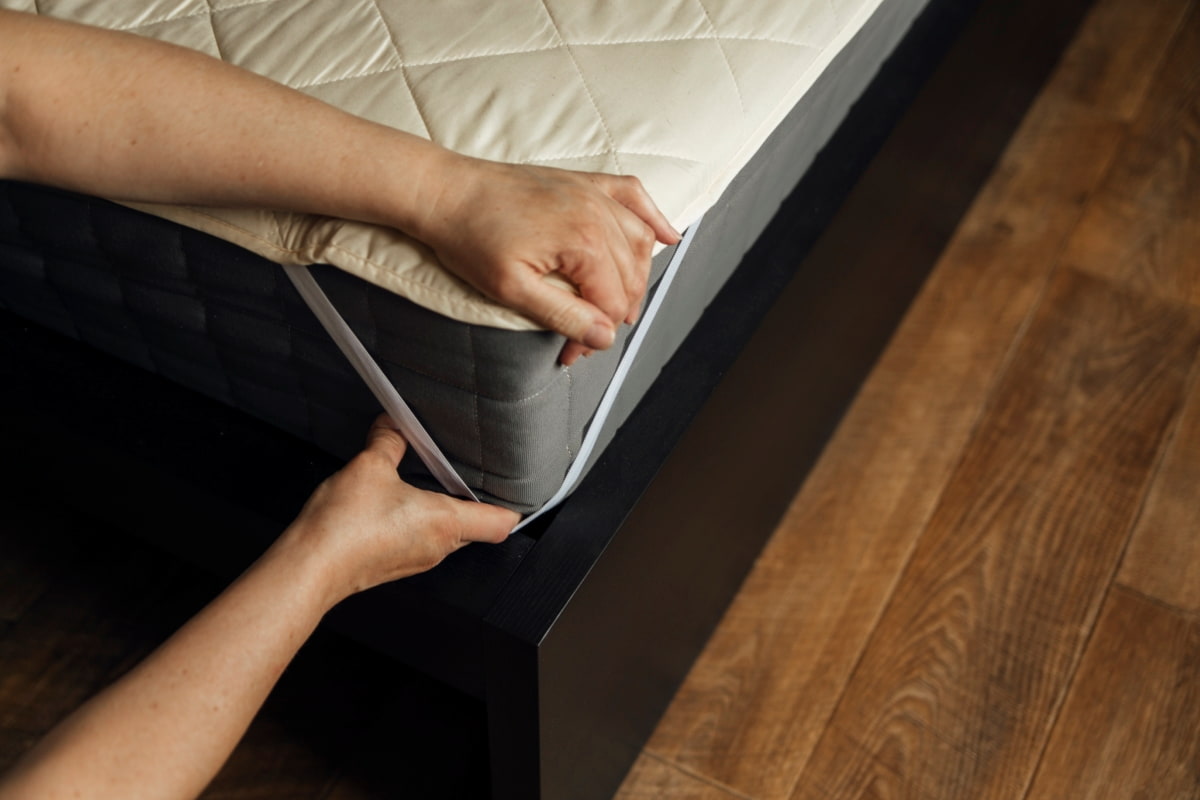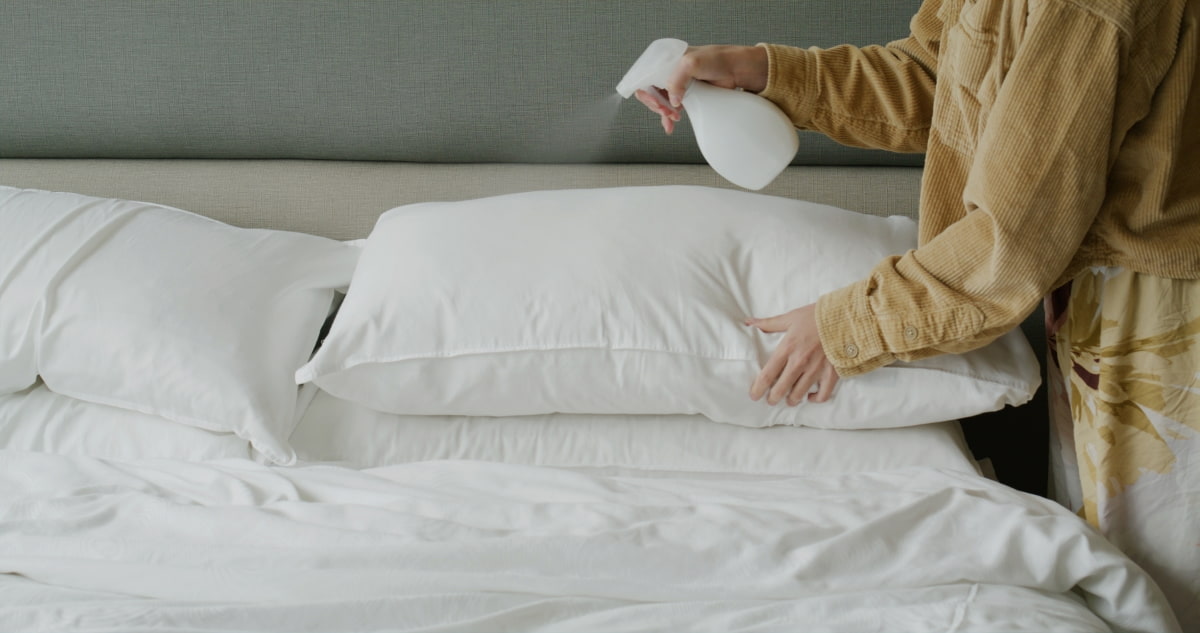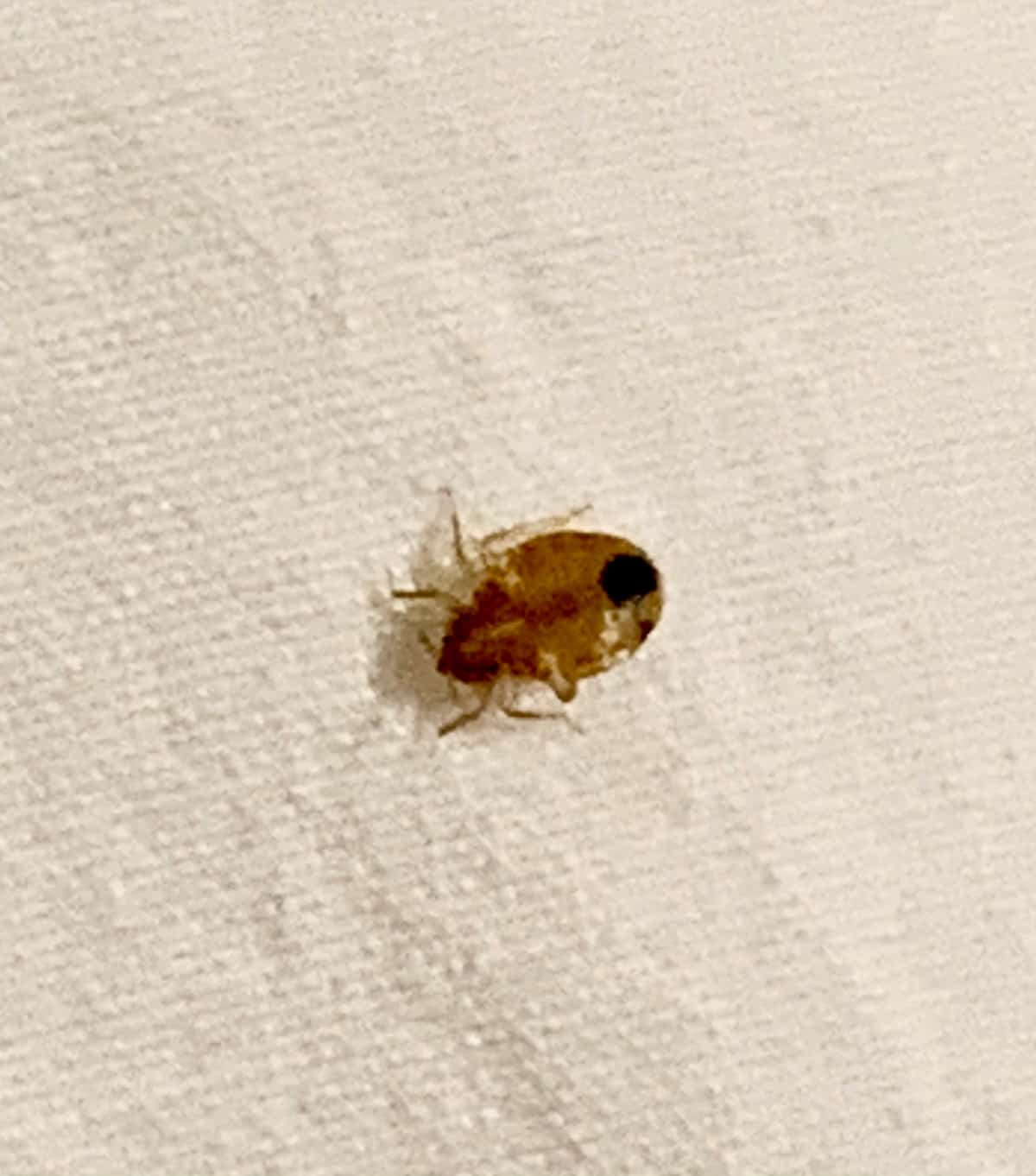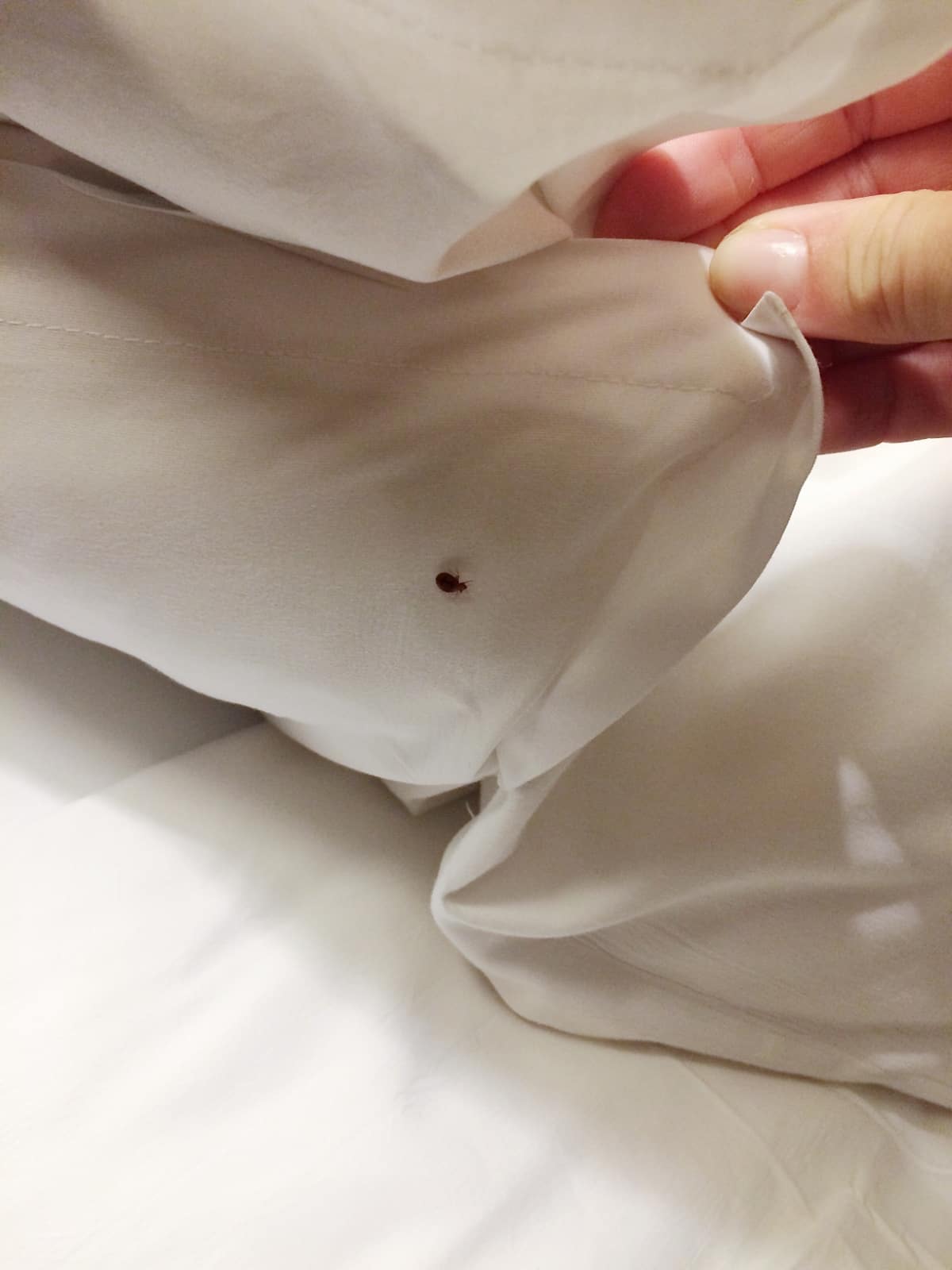Find reliable, effective ways to get rid of bed bugs from your mattress, a vital step in creating a calm, clean sleeping space. Discover practical, environmentally acceptable ways to get rid of these invasive pests without using harmful pesticides.

How to Get Rid of Bed Bugs on Mattress
Identifying Bed Bugs on Your Mattress
Search for tiny, reddish-brown insects on your mattress; these insects are usually the size of an apple seed. They often reside in the mattress’s cracks, seams, and tags. Tiny blood stains, black fecal marks, shed skin, and a musty smell are important indicators. Because they are usually nocturnal and elusive, bed bugs are difficult to identify. A magnifying glass and flashlight may help in detection.
There can also be small white eggs present. It’s critical to take quick action to contain the infestation if you think you may have bed bugs, and you should think about speaking with a pest control expert.
Vacuuming the Mattress
Use a forceful hose attachment and a powerful vacuum cleaner to clean the bugs. When managing an infestation, you should usually vacuum at least every few days. Use the vacuum sparingly and on all of the bedding, mattresses, and soft furnishings, including couches and cozy chairs.
Beginning on higher elevations, gradually decrease while keeping a close eye on the carpet, flooring, and any crevices in the walls or floorboards. Look for indications of an infestation on electronic items, such as electrical fans and even your laptop. Once vacuuming is complete, dispose of the vacuum bag outdoors, as far away from your house as you can.
Washing and Drying Bedding
- Gather Bedding: Collect all bedding, including sheets, pillowcases, and blankets. Be careful to avoid dislodging bed bugs and spreading them to other areas.
- Wash Bedding: Place the bedding in the washing machine. Use the hottest water setting that the fabric can tolerate (check the care label). Bed bugs may be killed at any stage of their life cycle at temperatures of 60°C (140°F) or above.
- Drying: After washing, transfer the bedding to the dryer. Again, use the highest heat setting and dry for at least 30 minutes. The combination of high heat and tumbling action in the dryer is particularly effective in exterminating bed bugs.
- Post-Wash Inspection: After drying, inspect the bedding for any signs of bed bug activity. If possible, use a garment steamer for additional heat treatment.
- Clean Storage: Store the cleaned bedding in airtight bags in your living space until the bed bug infestation is fully resolved. This prevents re-infestation.
In case you missed it: Best Homemade Organic Pest Control for Bed Bugs: Natural Methods to Get Rid of Bed Bugs

Using Diatomaceous Earth
Diatomaceous earth (DE) is a naturally available and effective treatment for bed insect infestations. DE is a powdered material that dehydrates and kills bed bugs upon contact. It is made from the fossilized remnants of diatoms and is recommended to be softly sprinkled in bed bug-infested areas like baseboards, cracks, and mattress seams.
It is important to apply DE sparingly, allowing it to sit undisturbed for a few days before being removed with a vacuum. Safety is crucial, and DE should be stored away from children and pets. Although non-toxic, DE can irritate the respiratory system, so masks are recommended when using it.
Applying Essential Oils
Essential oils, including cinnamon, lemongrass, clove, peppermint, lavender, thyme, tea tree, and eucalyptus, are gaining popularity as a natural pest control method. These oils contain compounds that act as repellents, deterring bed bugs and potentially disrupting their behavior.
These oils are mixed with water or carrier oil and atomized in a spray bottle to use. This homemade spray can be applied to bed frames, mattresses, furniture, and baseboards. However, essential oils may not eliminate an infestation, so they are often used as part of a broader pest management approach. Test a small area first to ensure the oil doesn’t damage fabrics or surfaces.
Steam Cleaning the Mattress
Because bed bugs are susceptible to high temperatures, steam cleaning is a useful means of controlling them. Bed bugs cannot live over 120°F (49°C), nor can their eggs. One effective way to get rid of these pests on carpets, furniture, and mattresses is to use a steam cleaner. The steam must reach at least 120°F for eradication to be effective. The steam cleaner must be moved slowly and deliberately over the infected regions to get complete coverage, which is essential to its efficiency.
This technique offers a thorough treatment by getting into the microscopic cracks and folds in cloth that bed bugs often hide in. Variations in temperature might lessen the efficacy of a steam cleaner, so it’s critical to pick one that can keep the required temperature consistently. Steam cleaning is the recommended approach for pest treatment in sensitive areas like bedrooms since it not only eliminates adult bed bugs and their eggs but also provides an ecologically friendly, chemical-free alternative.
Encasing the Mattress
The encasement is the second essential component for keeping pests out of beds. You cover the mattress and box spring with a cloth that keeps the pests from coming in from the outside. To do this, specialized sheets with zippers are used. These commercially accessible items are less expensive than buying a new mattress. The encasement has to be applied for a minimum of a year. Bed bug encasement eliminates hiding places and facilitates bed bug detection. This keeps newly purchased mattresses free of bugs. Prior to covering the bed, use the precautions mentioned above.
Decluttering and Sealing Cracks
Eliminating clutter and crevices are essential measures in managing bed insect infestations. Little and elusive, bed bugs love congested spaces because they have many places to hide. Reduce clutter in your house to help battle this since it decreases their hiding locations, particularly around sleeping areas. Sort and get rid of everything that isn’t needed, and store it in airtight containers.
In case you missed it: How to Use Glue Traps for Bed Bugs: Get Rid of Bed Bugs with Glue Traps With Simple Steps

Crack and crevice sealing is just as important. Due to their ability to fit into small areas, bed bugs may hide out in gaps in furniture, walls, and floors. To cover these gaps, use a high-grade sealer, being especially careful around electrical outlets, baseboards, and window frames. Removing access sites not only stops bed bug migration but also averts further infestations. Decluttering and sealing together efficiently disturb the habitat of bed bugs and greatly aid in their management.
Regular Monitoring and Maintenance
Controlling bed bug infestations requires regular maintenance and observation. Start by routinely checking sleeping spaces for bed bug activity. Look for minute, reddish-brown insects, molted skins, and black or rusty patches on mattresses or linen. Light-colored bed sheets will make it easier to identify any infestation symptoms. To catch and keep an eye on bed insect activity, place bed bug interceptors under bed legs.
In order to hinder the growth of bed bugs and their eggs, frequently vacuum, paying special attention to mattresses, bed frames, and baseboards. Heat kills bed bugs, so wash and dry clothes, blankets, and bed linens at high temperatures. For comprehensive treatment and guidance on recurring infestations, speak with a reputable pest control company. The likelihood of bed insect infestations may be considerably decreased by paying regular attention to these procedures.
Seeking Professional Help if Needed
Because bed bugs are such complex and resilient pests, it is frequently important to seek expert assistance when dealing with an infestation. Because bed bugs may conceal themselves in small spaces, do-it-yourself solutions often need to be more useful. Experts in pest management possess an array of instruments and pesticides that are not accessible to the general population.
These include specific chemical treatments that are more concentrated and powerful than over-the-counter remedies, as well as heat treatments, which are quite successful since bed bugs cannot withstand high temperatures. To guarantee a complete removal of the infestation, a qualified exterminator will also provide advice on preventative measures and follow-up treatments. Trying to manage serious infestations on your own without professional assistance might result in long-term problems and even health hazards.
Frequently Asked Questions (FAQ) on Bed Bugs
How Do Bed Bugs Spread?
They spread primarily through hitchhiking on luggage, clothing, bedding, and furniture. They do not fly or jump, but they can move quickly on the floors, walls, and ceilings.
How Long Do Bed Bugs Live?
Bed bugs can live up to 4 months under optimal conditions, but this can vary based on temperature and availability of food (blood).
In case you missed it: How to Use Neem Oil to Control Bed Bugs: A Natural Way to Get Rid of Bed Bugs from Home

Conclusion
To naturally eliminate bed bugs from mattresses, consistently apply methods like using diatomaceous earth, steam cleaning, and essential oils, alongside maintaining cleanliness and vacuuming regularly, ensuring a thorough, chemical-free approach to eradicate these pests.
- Deworming Schedule for Dogs/Puppies: A Beginners Guide
- How to Prevent and Control Parasites in Goats
- Beneficial Insects in Pest Management
- Natural Solutions for Pest Control in Flower Gardens
- Types of Fungicides Used in Agriculture
- Common Issues in the Fruit Development Stage of Pomegranate Farming
- Fruit Development Issues in Papaya: Easy Solutions and Treatment
- Soil-Borne Diseases and How to Protect Your Plants
- Practices to Prevent Disease Spread in the Garden